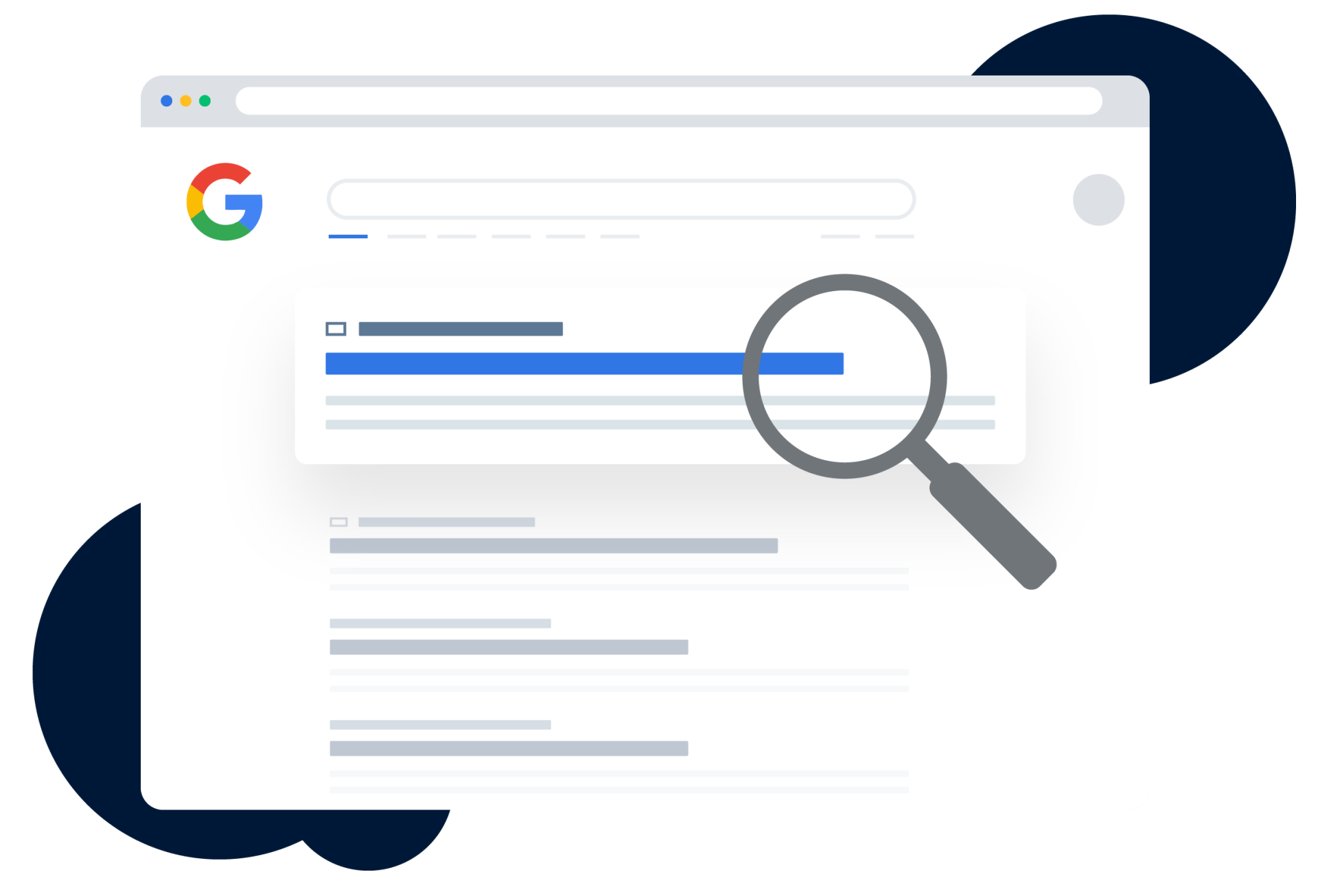Lead Generation Demystified: Understanding Business Leads

Why Business Leads Are the Lifeblood of Growth

Business leads are people or companies that have signalled a real interest in your offering and shared contact details so you can keep the conversation going. Without them, even the best product stalls.
Quick Answer: What Are Business Leads?
- Marketing Qualified Leads (MQLs) – engaged with marketing, not sales-ready yet
- Sales Qualified Leads (SQLs) – vetted by sales, ready for direct outreach
- Product Qualified Leads (PQLs) – trial or freemium users who’ve felt the value
- Service Qualified Leads – existing clients asking about upgrades or add-ons
The numbers tell the story. 61% of marketers say lead generation is their biggest hurdle , and more than 30 % of B2B deals need one to three months to close. A steady flow of quality leads keeps revenue predictable instead of lumpy.
Today’s buyers prefer to self-educate online. If your lead engine doesn’t meet them exactly where and when they’re researching, you’ll be invisible while a competitor earns the first call.
As Kerry Anderson, co-founder of RankingCo, I’ve watched businesses grow from start-ups to nine-figure success by building repeatable lead systems—not chasing one-off wins. When you treat lead generation as an always-on process that’s measured and optimised, growth becomes sustainable.

Setting the Scene
Whether you run a Brisbane accounting practice or an e-commerce brand selling nationwide, the challenge is the same: attracting, capturing and converting prospects before long sales cycles drain cash. The good news? Most competitors struggle here. When you master lead generation, you don’t just keep up—you pull ahead.
What Are Business Leads & Why They Matter
A business lead is a step beyond a casual website visitor. They’ve traded contact details for something valuable—perhaps a guide, webinar seat or quote request—giving you permission to follow up.
That permission is gold. With over 30 % of B2B deals taking months to close, early-stage leads smooth out the revenue roller-coaster and let you plan with confidence.
Trust signals matter. Multiple content touches, longer time on site and repeat visits show genuine intent, generating conversion rates far higher than one-click interactions.
Modern privacy rules like GDPR add some admin but also weed out low-intent contacts, leaving you with cleaner, more engaged data sets.
Core Lead Types Every Team Must Know
- MQLs – need nurturing content to progress.
- SQLs – show buying signals such as demo requests; route straight to sales.
- PQLs – have tried the product, giving you usage insights that guide upsell.
- Service Qualified – current customers raising a hand for extra value.
Different lead types need different messaging. An MQL wants education; an SQL wants pricing; a PQL values onboarding help; a service lead needs expansion options.
Business Leads in Action: Impact on Pipeline & Forecasting
Lead scoring turns guesswork into science. Assign points for fit (industry, size) and behaviour (pricing page views, repeated site visits). Prioritise high-scores and watch close rates lift.
Consider this: 67 % of lost sales come from poor qualification . When marketing and sales agree on scoring and hand-off rules, that leakage disappears.
Regularly audit your funnel to see where leads stall. If Google Ads prospects close faster but content-driven leads have better lifetime value, split resources accordingly. Data-driven tweaks keep revenue flowing.
The Lead Generation Process: From First Click to Qualified Lead
Moving an anonymous visitor to a sales-ready contact follows a simple framework: attract, capture, nurture, qualify.
Inbound tactics—SEO-optimised content, helpful resources and strategic forms—draw visitors to you. Outbound tactics—well-researched cold outreach and intent-based ads—put your offer in front of ideal prospects. The magic lies in combining both.
The capture phase is the conversion moment: a form fill, chatbot interaction or newsletter signup. Nail your value offer here and traffic turns into actionable business leads .
Nurturing via email sequences, remarketing or social touchpoints educates and builds trust until prospects are ready to talk.
Qualification —often powered by AI scoring—ensures your sales team focuses on the hottest opportunities while automation keeps colder leads warm.
| Aspect | Inbound | Outbound |
|---|---|---|
| Cost | Higher setup, lower maint. | Pay-per-lead, fast results |
| Timeline | Slow build | Immediate activity |
| Scalability | Evergreen | Staff-limited |
| Quality | Usually higher | Variable |
Inbound Playbook to Attract & Convert
Search-led content and technical wins—think Onsite SEO or Technical SEO —pull high-intent searchers in.
Content hubs, well-placed forms and 24/7 chatbots convert those visitors. Smart personalisation further lifts opt-ins.
Paid search via Google Ads adds instant traffic while organic rankings mature.

Outbound & Buying Leads—Doing It Right
Quality beats quantity. Research each prospect, reference their pain points and respect privacy rules. Intent data pinpoints who’s actively shopping so outreach lands at the perfect moment.
If you purchase leads, choose vendors that phone-verify contacts and supply opt-in proof—cheap lists cost more in the long run.
Qualifying Business Leads for Sales-Ready Handover
Blend firmographics (industry, headcount) with behaviour (content downloads, pricing views). Sync scores to your CRM and automate follow-ups so nothing slips through the cracks.
Methods & Tools to Scale Your Business Leads Engine
Manual spreadsheets once worked; modern growth demands smarter tech. Integrated data platforms, AI enrichment and tight CRM connections let you capture and nurture at scale.
High-quality providers supply phone-verified data and real-time validation, boosting contact rates by up to 50 %. Enrichment tools add social profiles, tech stacks and recent news so every outreach feels personalised.
At RankingCo, we weave these tools into every campaign—analysing market signals, running Microsoft Leads Ads Management or eCommerce SEO —to deliver predictable business leads .
Ensuring Data Quality & Accuracy
Bad data drains budgets. Real-time email and phone validation, suppression lists and periodic hygiene keep accuracy above 95 % and sender reputations intact.

Legal & Ethical Guardrails
Privacy laws—GDPR, CCPA, CAN-SPAM—aren’t problems, they’re trust-builders. Use consent-management platforms, respect do-not-call lists and document opt-ins. Prospects notice and reward responsible marketers.
Frequently Asked Questions about Business Leads
The questions we hear most often about business leads reveal common concerns that keep business owners awake at night. Let's tackle the big ones with straight answers based on real-world experience.
How much should we expect to spend on lead generation?
The honest answer? It depends on your goals and industry. Content-driven inbound approaches through SEO typically require higher upfront investment but deliver lower ongoing costs once established. Think of it like planting a garden—you invest heavily in soil preparation and planting, but then enjoy ongoing harvests with minimal maintenance.
Outbound methods like Google Ads involve consistent per-lead expenses but deliver immediate results. The key isn't finding the cheapest option—it's measuring cost per acquisition against lifetime customer value to ensure your lead generation actually drives profit.
What's a realistic ROI expectation for lead generation efforts?
Quality lead generation programmes typically achieve 3:1 to 5:1 return on investment, though patience is required. B2B companies with longer sales cycles might see lower immediate returns but higher lifetime values. Transactional businesses often achieve faster returns with lower individual values.
The real magic happens when you track beyond immediate sales. Many of our clients at RankingCo find that leads who don't convert immediately often return months later as warm prospects, significantly boosting overall programme ROI.
How do we know if our lead generation is working?
Success metrics include lead volume, conversion rates, cost per lead, and revenue attribution. However, smart marketers watch leading indicators like website traffic growth, content engagement rates, and email list growth. These provide early signals of programme effectiveness before revenue impact becomes apparent.
What criteria should we use to qualify a lead?
Fit assessment forms the foundation of effective lead qualification. This evaluates whether prospects match your ideal customer profile—company size, industry, budget capacity, and decision-making authority. Prospects who don't meet basic fit criteria rarely convert, regardless of their enthusiasm level.
Intent indicators separate genuine prospects from casual browsers. Look for specific behaviours like pricing page visits, demo requests, detailed product inquiries, or competitor research. These signals help prioritise follow-up efforts on prospects most likely to convert into paying customers.
Engagement patterns reveal sustained interest through multiple touchpoints. Prospects who consistently open emails, attend webinars, download resources, or engage with your sales team demonstrate higher conversion potential than those with single-touch interactions. This ongoing engagement suggests genuine interest rather than momentary curiosity.
How do we measure the ROI of lead generation?
Customer Acquisition Cost (CAC) measures total lead generation investment divided by new customers acquired. This metric helps evaluate programme efficiency and compare different lead sources. It's particularly useful when deciding between organic approaches like Technical SEO and paid methods.
Lifetime Value (LTV) calculates total revenue expected from customers over their entire relationship with your business. Comparing LTV to CAC provides crucial insights into programme profitability and helps justify lead generation investments to stakeholders who question marketing spend.
Attribution modelling tracks prospect touchpoints throughout the buying journey to understand which activities contribute most to conversions. This analysis helps optimise budget allocation across different channels, whether that's Google Ads or content marketing efforts.
Are purchased leads worth the cost?
Speed advantages make purchased leads attractive for businesses needing immediate pipeline development. Quality purchased leads can accelerate results while organic lead generation efforts mature and begin producing consistent flow. This approach works particularly well for new businesses or those entering new markets.
Risk factors include data quality issues, compliance concerns, and potential reputation damage from poor-quality providers. The horror stories you've heard about purchased leads usually stem from businesses choosing providers based solely on price rather than quality indicators.
Quality verification becomes essential when purchasing leads. Look for providers offering recent engagement indicators, verified contact information, and clear opt-in processes. The cheapest options often prove most expensive due to poor conversion rates and wasted effort chasing unqualified prospects.

Open up Your Potential – Get Ranking with RankingCo
The lead-generation landscape is evolving quickly, but businesses that combine smart strategy with AI-driven insight always stay ahead. From Leads SEO to laser-targeted Google Ads Management and omnichannel nurturing, RankingCo builds systems that keep pipelines full month after month.
It starts with a free strategy audit. We’ll pinpoint quick wins, fix hidden leaks and map a long-term growth plan custom to your goals—whether you’re in Brisbane, Sydney, Melbourne or beyond.
Ready to stop worrying about where the next customer comes from? Let’s build a business leads engine that works round the clock.
Take the Next Step to Online Success
Call us on 1300 247 045 or visit RankingCo to book your consultation today.















